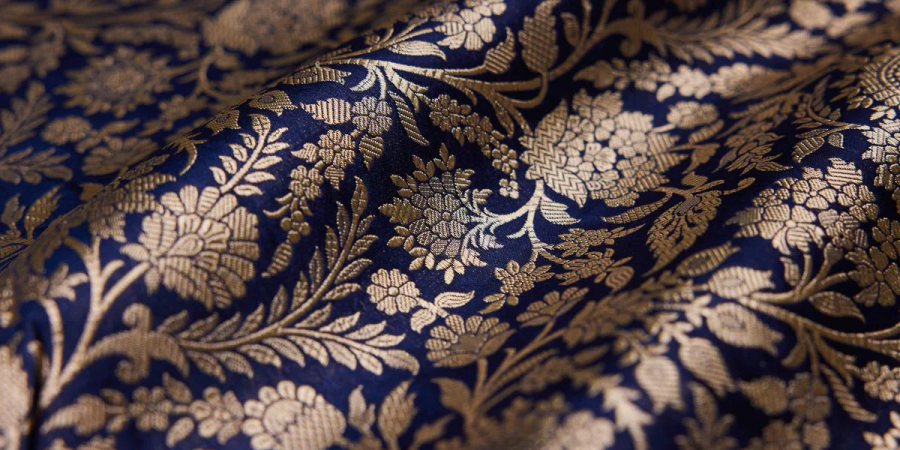Fun Facts
General Reviews
History
History And Manufacturing Of Brocade: A Tapestry Of Elegance
History:
Ancient Beginnings:
- Brocade, a luxurious fabric characterized by richly woven patterns and metallic threads, has ancient origins dating back to the Byzantine and Persian civilizations.
- The term "brocade" is derived from the Italian word "broccato," meaning embossed cloth.
Silk Route Influence:
- Brocade flourished along the Silk Route, with the exchange of techniques and designs between East and West.
- Byzantine and Chinese artisans played key roles in the development of brocade, with both regions contributing to its unique characteristics.
Renaissance in Europe:
- During the Renaissance in Europe, brocade gained immense popularity as a symbol of wealth and status.
- Italian cities like Florence and Venice became renowned for their intricate brocade production.
Mughal Patronage in India:
- In India, brocade weaving reached new heights under Mughal patronage during the 16th and 17th centuries.
- Cities like Banaras (Varanasi) became significant centers for brocade production, with artisans creating opulent fabrics for the Mughal courts.
Manufacturing:
Materials Used:
- Silk Base: Traditional brocade is often woven on a silk base, providing a lustrous and smooth foundation for intricate designs.
- Metallic Threads: Brocade is distinguished by the use of metallic threads, including gold and silver, which contribute to its luxurious appearance.
Weaving Techniques:
- Jacquard Looms: Modern brocade production often involves Jacquard looms, which use punched cards to control the pattern of the weave.
- Supplementary Weft Technique: Brocade features a supplementary weft technique, where additional, non-structural weft threads are introduced to create intricate patterns.
Design Creation:
- Drawn Patterns: Designs are often drawn on paper or cards, serving as guides for the weavers.
- Patterning Mechanism: Jacquard looms or traditional handlooms equipped with draw harnesses allow for the precise execution of complex patterns.
Brocading and Embossing:
- Brocading: This involves the introduction of the supplementary weft threads, usually metallic, to create raised patterns on the fabric.
- Embossing: The use of heavier threads or additional layers can create a three-dimensional effect, enhancing the tactile and visual appeal of the fabric.
Finishing Touches:
- Trimming: The completed brocade fabric may undergo trimming to remove excess threads and achieve a clean finish.
- Quality Inspection: Skilled artisans inspect the fabric for any imperfections, ensuring that the final product meets the highest standards.
Contemporary Significance:
- Brocade continues to be associated with opulence and is widely used for special occasions, including weddings, festive celebrations, and formal events.
- Modern designers often blend traditional brocade techniques with contemporary styles, creating a fusion of the classic and the avant-garde.
In summary, the history of brocade is a tapestry woven with threads of cultural exchange, artistic innovation, and timeless elegance. The manufacturing process, marked by meticulous craftsmanship, ensures that each piece of brocade reflects a rich legacy of tradition and refinement.


